In the printing process of cosmetic packaging, four major processes of offset printing, embossing, gravure and silk printing are often used for combined printing. For example, offset printing can achieve accurate reproduction of images, gravure printing can achieve large-area spot color reproduction, flexo or screen printing can be used for glazing and surface finishing, and digital printing can achieve packaging customization and anti-counterfeiting.
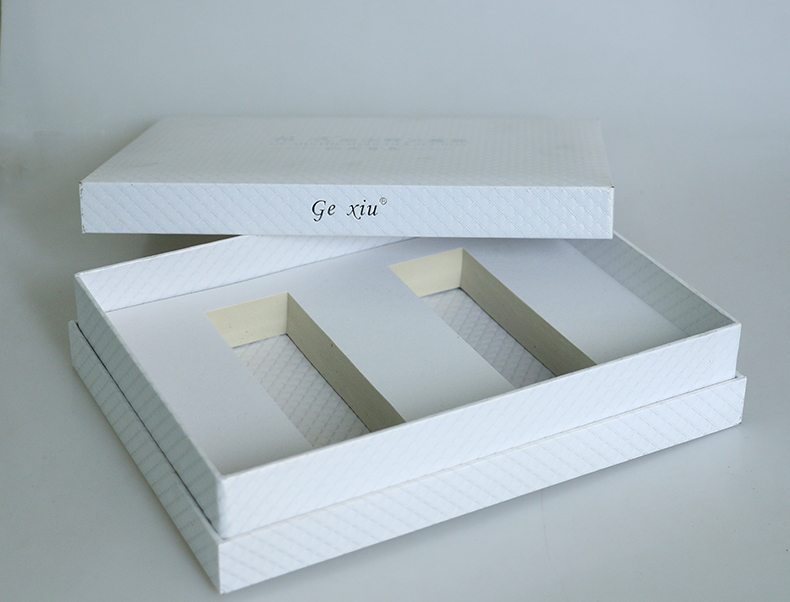
Now the printing technology is changing with each passing day, UV printing, hot stamping, laminating, embossing, glazing and other processes have also begun to become popular. However, the common printing processes are still dominated by these types.
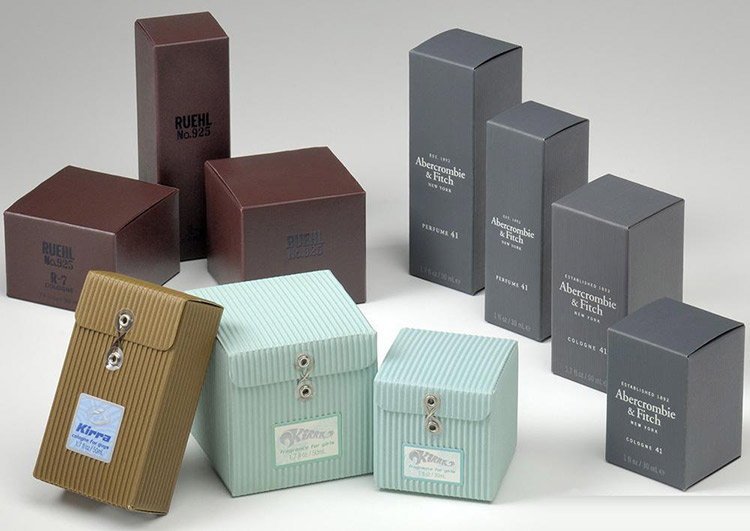
One, bronzing
It has the advantages of fine and firm imprinting, good metal texture, strong covering power and high floating power. By heating and pressurizing, the gold foil is imprinted on the paper, which can show a strong metallic luster and lower cost.
The printed patterns are clear, beautiful, colorful, wear-resistant, and weather-resistant. Its effect is remarkable on the trademark and registered name of cosmetics.
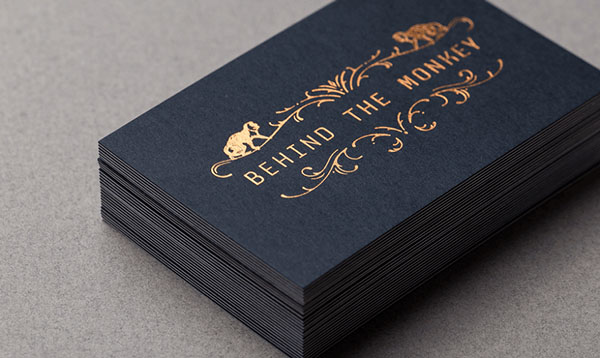
Second, silk screen
Screen printing belongs to stencil printing. The printing plate (the perforations that can pass ink are made on the base of the paper film plate or other plates). When printing, a certain pressure is used to transfer the ink from the perforations of the stencil to the substrate (paper, ceramics, etc.) to form an image Or text.
Silk screen printing is not limited by the size and shape of the substrate, and its plate making is convenient and cheap; and the ink layer is thick, the graphic layer is rich, the three-dimensional effect is strong, and the printing material is wide.
Using UV screen ink to print matte, refraction, ice, wrinkles and other effects on cosmetic packaging cartons can greatly stimulate consumers' desire to buy.
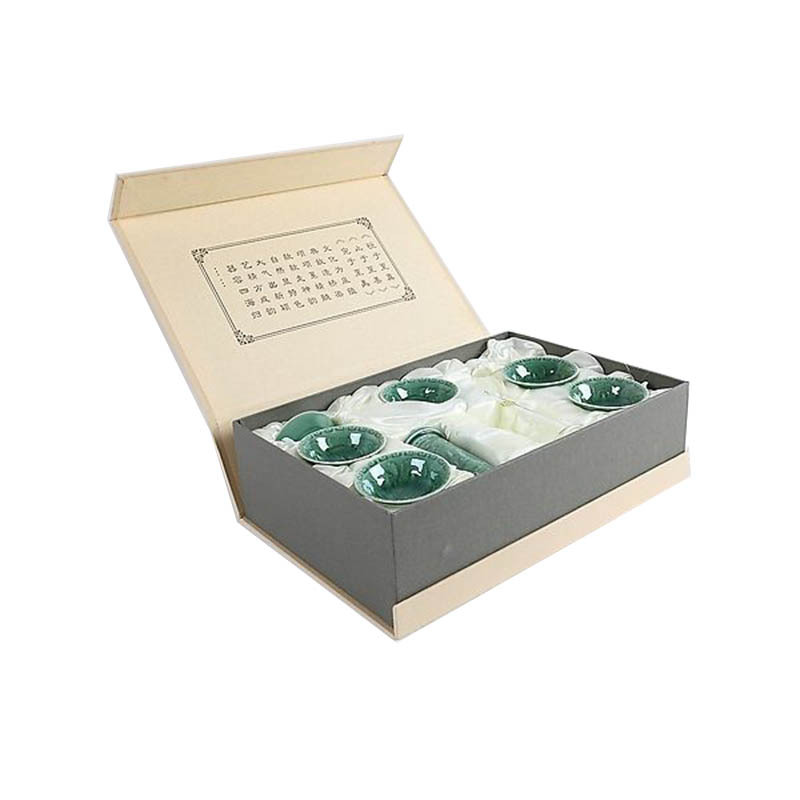
Three, offset printing
Offset printing is a lithographic printing method in which the graphics on the printing plate are transferred to the substrate with the help of rubber (blanket).
Its printing speed is very fast, the printing quality is relatively stable, and the overall printing cycle is short. The printed graphics and non-graphics are basically on the same plane, and the ink thickness is thin.
The distinction between offset printing and silk screen printing is very simple. When you touch the printed surface with your hand, you can feel the raised touch of the text pattern, which is the silk screen; if you don't feel the touch of the text pattern, it is just a smooth surface, which is offset printing.
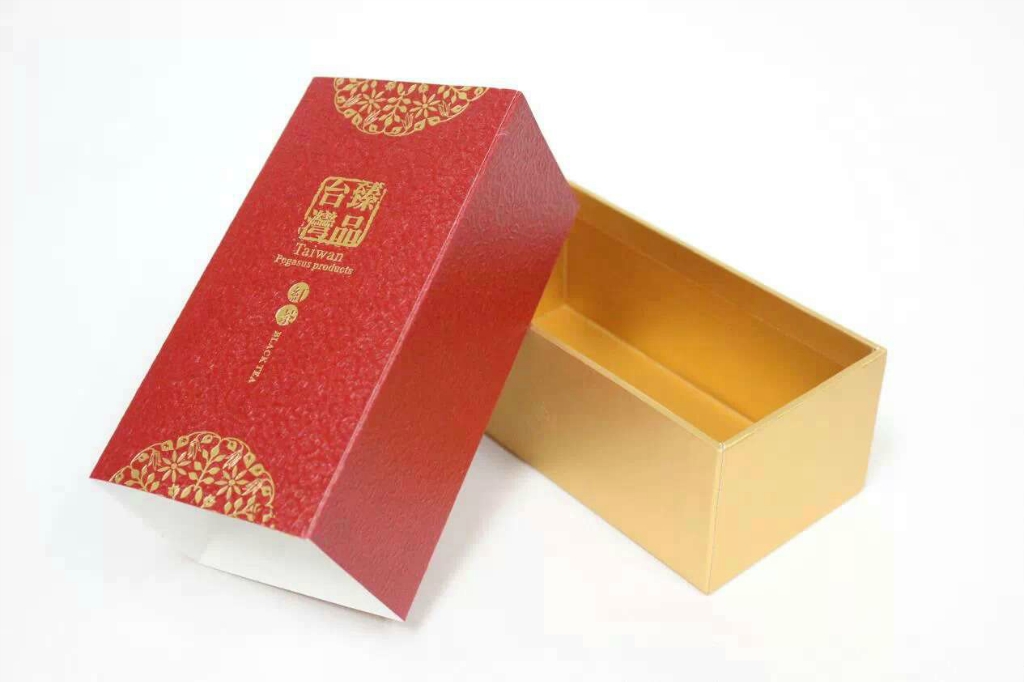
Four, hit the convex
Under a certain pressure, the use of concave-convex molds can plastically deform the substrate of the printed matter and perform artistic processing on the surface of the printed matter.
The embossed printing has a strong sense of quality and can produce a three-dimensional embossed effect, and its visual impact can make people unforgettable. Cosmetic companies generally make LOGO into this kind of craft effect. However, its cost is relatively high, and the accuracy of the metal zinc plate is also very limited, and it cannot reflect too small details.

Five, relief
Relief can show the brand's design characteristics at multiple levels, making the lines more soft, and the layers more distinct and delicate. It also has a good feel and visual appeal, which can enhance the added value and artistic effect of the product.
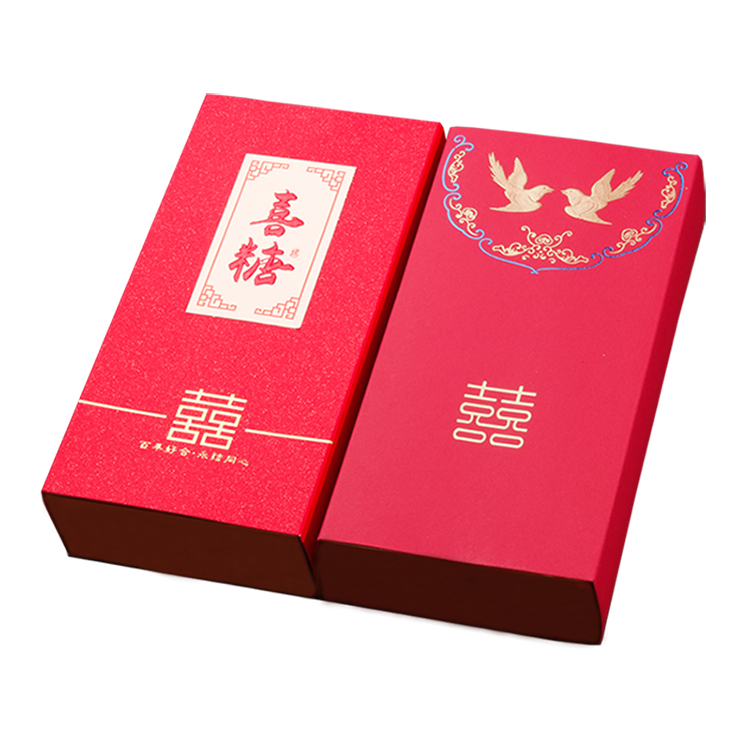
After the above introduction, everyone must have a certain understanding of the printing process commonly used in cosmetics. For those who need to know more about packaging knowledge, Kinglungxiang(Shenzhen) Pringting Co.,Ltd can find the answer you want.